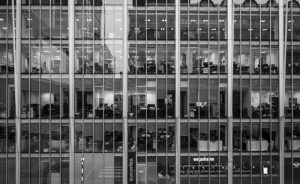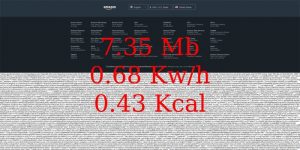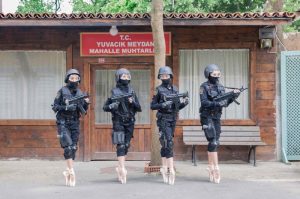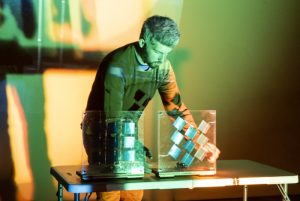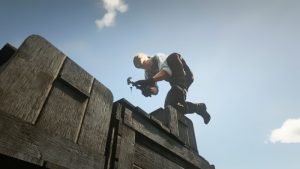Slowly reaching the end of my reports from the symposium Positions in flux: On the changing role of the artist and institution in the networked society (see previous posts) that the The Netherlands Media Art Institute had organized at Trouw Amsterdam a few days ago.
I’m going to be as prolix as i’ve been for the first panel. In fact, i’ll just write down bits and pieces. Not that the other presentations were not excellent as well, it’s just that i have my pet subjects, matters i like or simply understand better than others.
The panel New territories and cultures of the digital looked at the geographical shift that media culture currently undergoes. Europe, North America and Japan used to be at the forefront of digital production, design, art and technological research. Now that technologies become available at lower prices and spread more widely on the globe, new initiatives and bottom-up organisations are burgeoning in East Europe, the Middle East, Africa and South America.
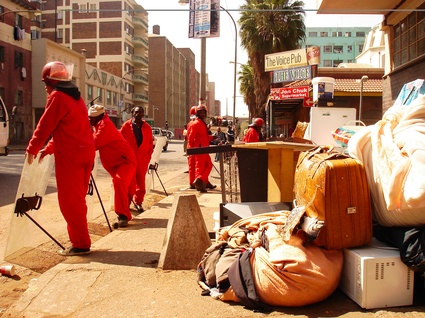 Ismail Farouk, Eviction Carnage, Downtown Johannesburg
Ismail Farouk, Eviction Carnage, Downtown Johannesburg
Marcus Neustetter, gave a fantastic overview of what cooks up in South Africa. Neustetter is a media artist, curator and co-founder of the Museum of Dead Media (MODM) and of the Trinity Session, an organization that brings together practices to share resources, facilitates art production and find new audiences.
In Johannesburg, the industry takes advantage of the ‘have-nots’ as much as of the others with, for example, the free ‘call me back’ service. Also distress calls free of charge that taps into people’s fear of a society riddled by crime. Neustetter showed us videos of commercials for swanky mobile phones which in fact target only a small fraction of South Africa population.
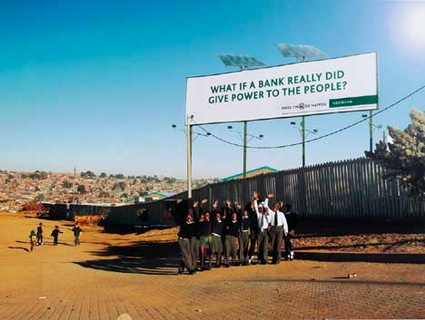
But the industry also comes up with fantastic examples of how to use technology in order to facilitate a change in society. South African bank Nedbank installed a solar powered billboard with the slogan “Power To The People” in a deprived area of Johannesburg. The 10 solar panels of the billboard provide energy for a kitchen that supplies 1100 hot meals a day, saving the school R2300 a month in electricity charges. The billboard’s solar-powered batteries also provide the electricity to light it up at night.
He also mentioned the School of Vigitalart in Zimbabwe (Vigital is a contraction of digital and visual) led by his friend Saki Mafundikwa. Saki once called him from Jo’burg airport to tell him he had to take a plane there just to send some urgent files online. Zimbabwe was without internet access for 4 weeks. Power cuts in Africa amre sporadic and people have to get innovative to get their work done.
Another remarkably interesting speaker in this panel was. Nat Muller. She’s an independent curator and critic with a specific focus on (new) media and art in the Middle East, media and politics and the intersections of aesthetics. She braved a bad flu and the formidable task of delivering a talk on a subject as broad and complex as new media art in the Middle East, a region often mediated through bad news. Her talk focused on the countries she had studied more closely: Palestine, Lebanon and Egypt.
Here’s a few artists she mentioned:
Wonder Beirut, by Joana Hadjithomas and Khalil Joreige (presented at Transmediale last year), tells the story of a pyromaniac Lebanese photographer named Abdallah Farah.
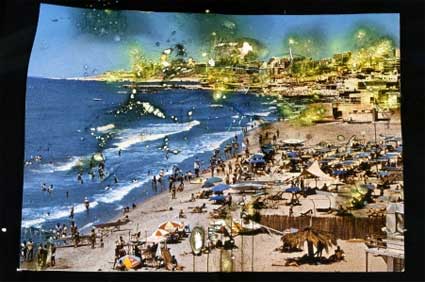 Wonder Beirut #21, Beaches in Beirut, 1998-2007
Wonder Beirut #21, Beaches in Beirut, 1998-2007
In 1968 and 1969 Farah took photos of the capital for the Beirut tourist authority intended to promote the city. The resulting postcards depicted an idealized Lebanon in the 1960s. The postcards are still on sale nowadays , although most of the places they represent were destroyed during the Lebanese civil war. In the Autumn of 1975, Farah started damaging the negatives of his postcards, burning them according to the destruction of the buildings he saw disappearing because of bombings and street battles. But is this postcard story a fact or a fiction?
Ever since the Nakba, Palestinians are not allowed to move freely, especially not inside what remains of their country. Due to Israeli controls, artists are often unable to see each other’s show. Internet provided a solution. Birzeit University (West Bank)’s Paltel Virtual Gallery, which serves as an Internet portal for Birzeit students, Palestinians, and anyone else interested in Palestinian art, will also feature academic courses on Palestinian, Arab, and contemporary international art. In addition to highlighting a different Palestinian artist each month, the bilingual Paltel Virtual Gallery intend to serve both those curious about Palestinian art, as well as Palestinians thirsting for more exposure to international art, which doesn’t enjoy a high priority in Palestinian schools.
Palestine doesn’t have money to support the art, art fundings often come from foreign organizations.
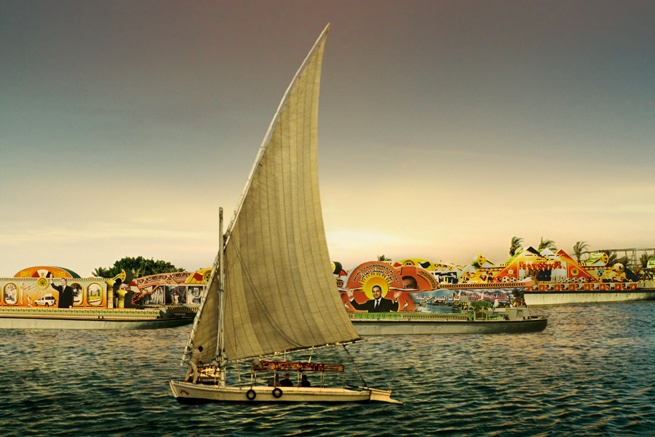 From the series “Domestic Tourism”: Beach. © Maha Maamoun
From the series “Domestic Tourism”: Beach. © Maha Maamoun
In Egypt, there is a rift between institutions founded by the government and independent ones. Art students are advised not to attend the art events organized by independent art institutions and galleries. Videos and photography is not even taught.

